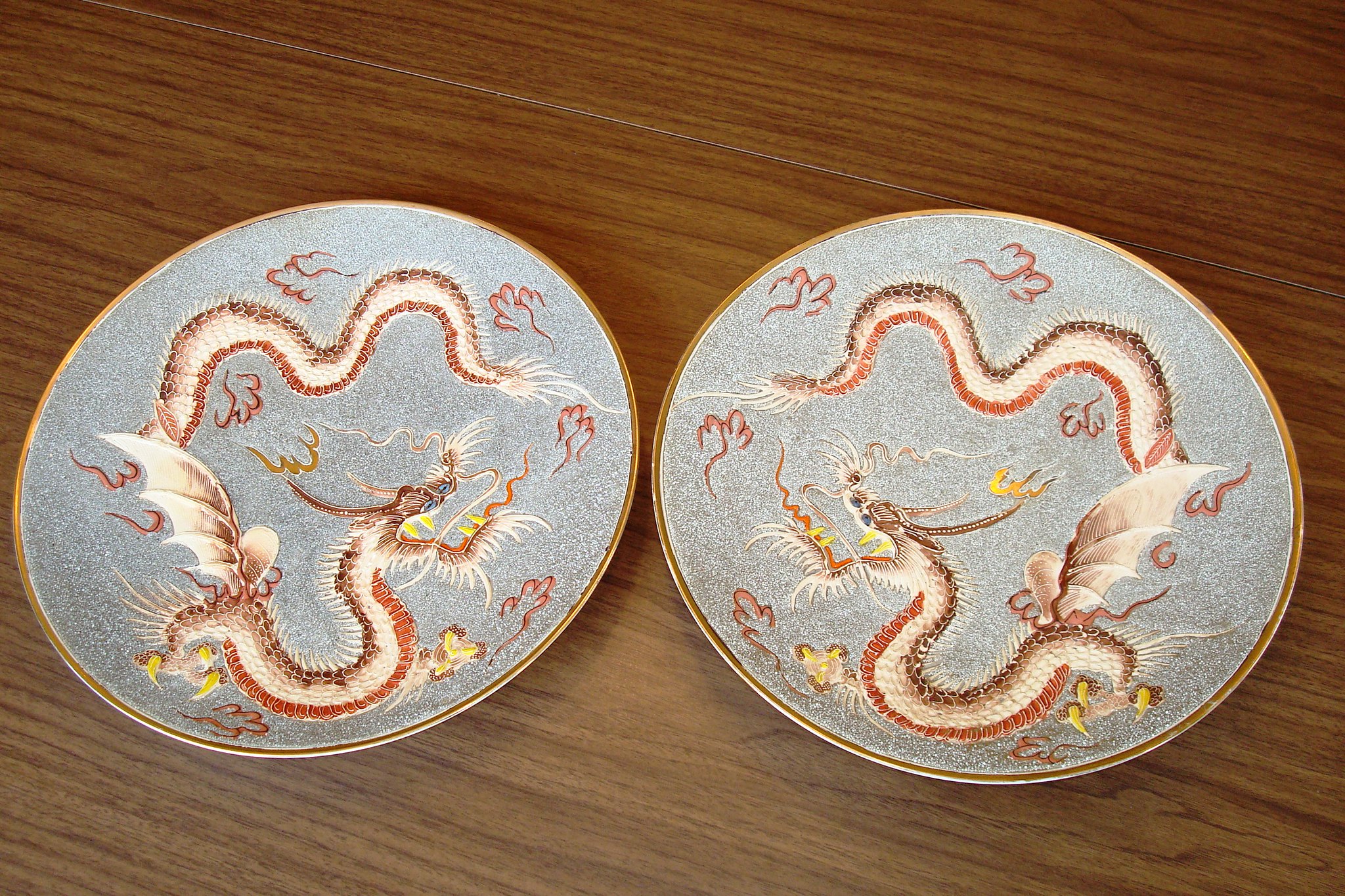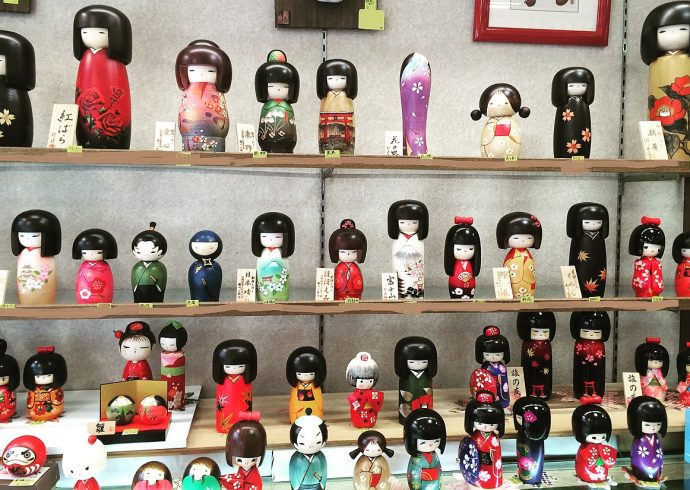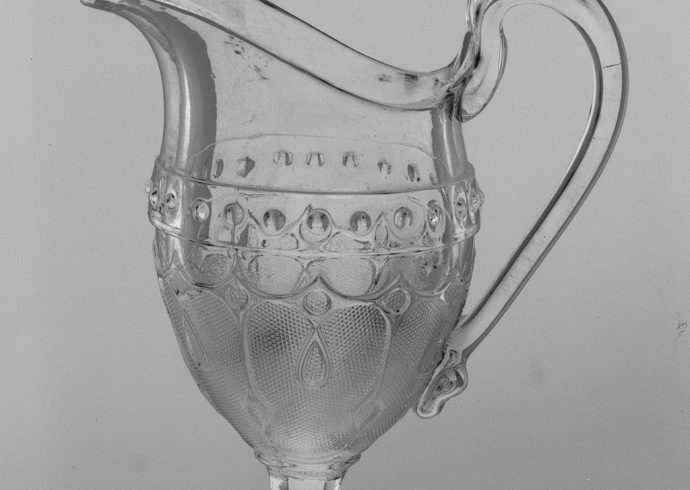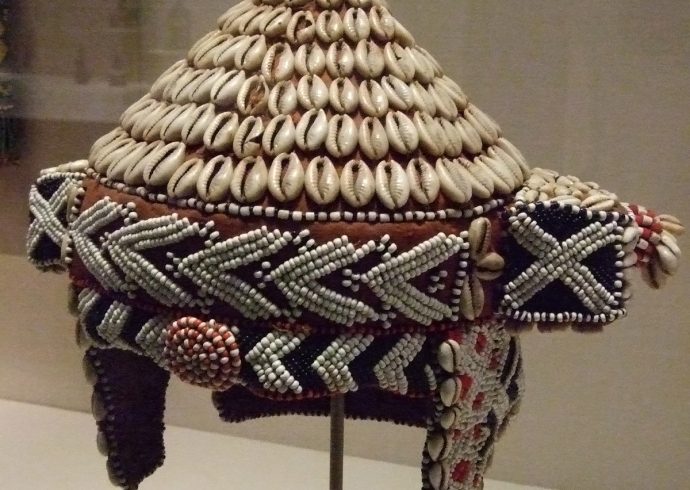
Collecting Coralene Glass
Coralene glass is a type of glassware that has a decoration on the surface made of tiny glass beads or balls. These designs look like nonpareils used for decorating cakes and cookies but are non-edible and attached to the glass using a special enamel. This type of decoration became popular in Victorian art glass and created a textured surface. Both solid colors and metallic beads were used to create designs that could be either all over the glass piece or just one small design on the side. This method of decorating glass was patented in Germany in 1883 and it wasn’t long before other glass companies noticed the unusual form of decoration and began to implement it in their own glass designs.
American glass companies like Mount Washington in Massachusetts and Handel Glass in Connecticut gave the beaded decoration method their own names. Mount Washington was probably the first to call the method coralene or “coral beaded”, due to resemblance of the finished design looking like coral with all of the tiny raised bumps. The Thomas Webb Glass company in England also created coralene glass in addition to other glassware in demand, such as Burmese glassware. Coralene art glass was produced through the 1920’s and in the succeeding decades, coralene glass beads used in making jewelry was common. Fenton also produced coralene glass and it is not uncommon to come across one of their pieces in a flea market or antique mall. Their coralene designs usually consisted of flowers and other small designs. Coralene is also used in Asian influenced vases, cups, dishes and similar pieces of glassware.
When looking for coralene glass, make sure none of the beads are cracked off or missing. The glass itself should also be in very good to excellent condition with no cracks or chips. Vintage coralene pieces can be costly but more recent pieces, like those made by Fenton, are quite affordable.
Image credit: DragonwareCollector, via Flickr.


